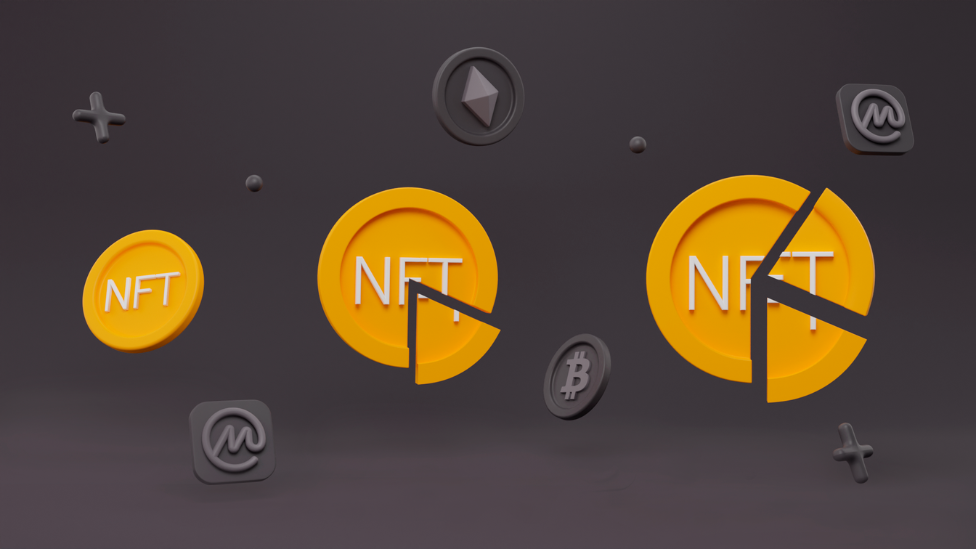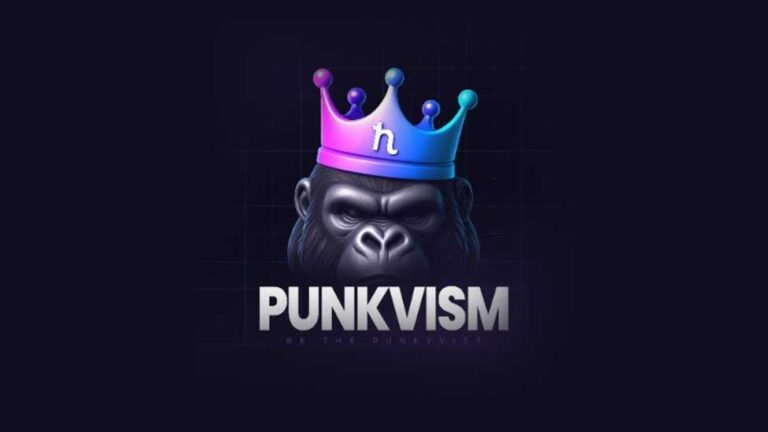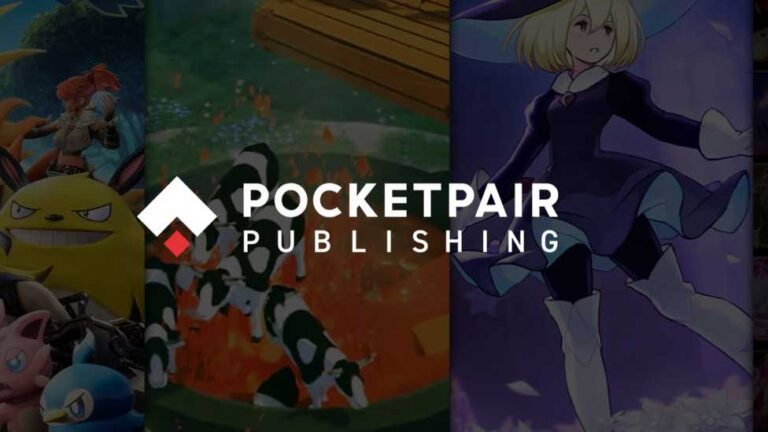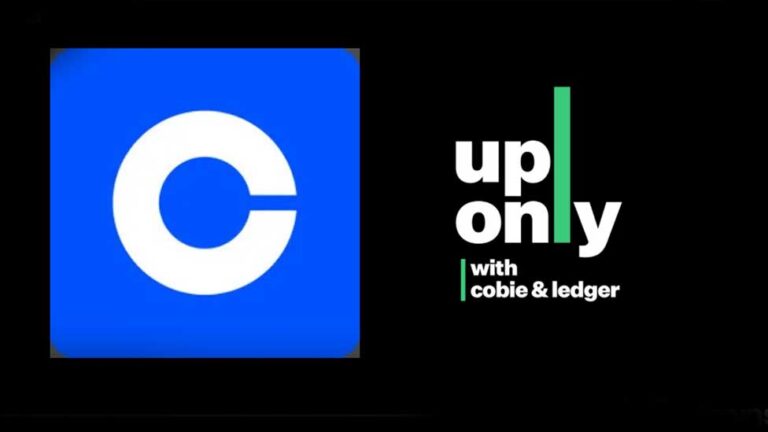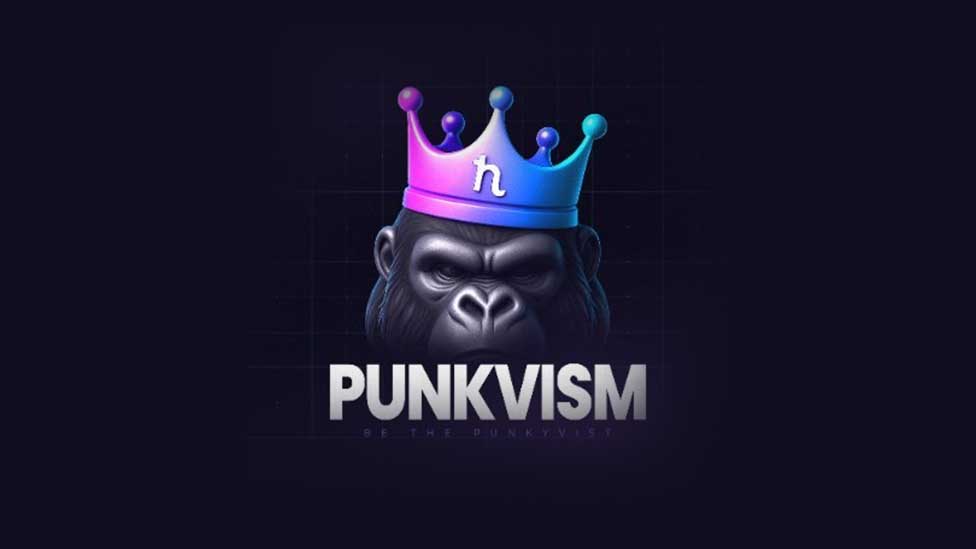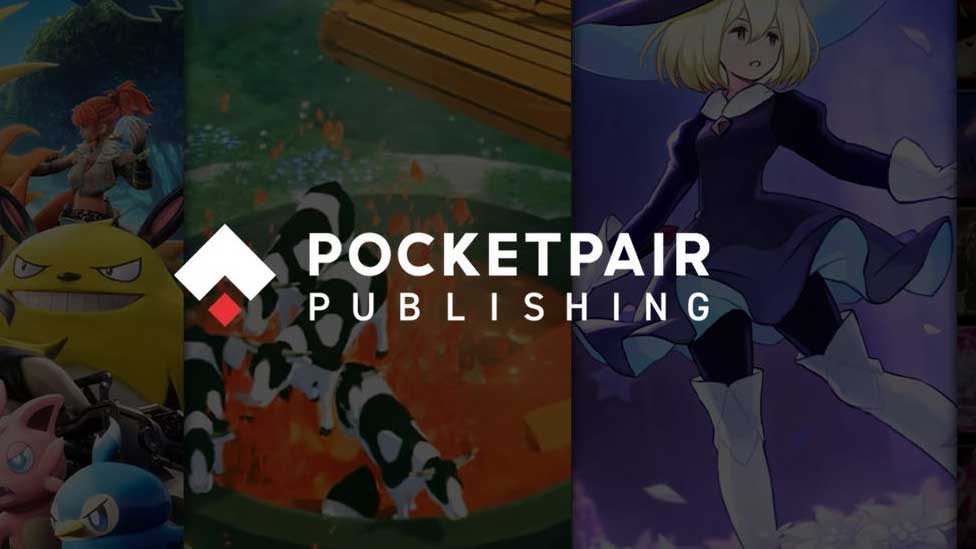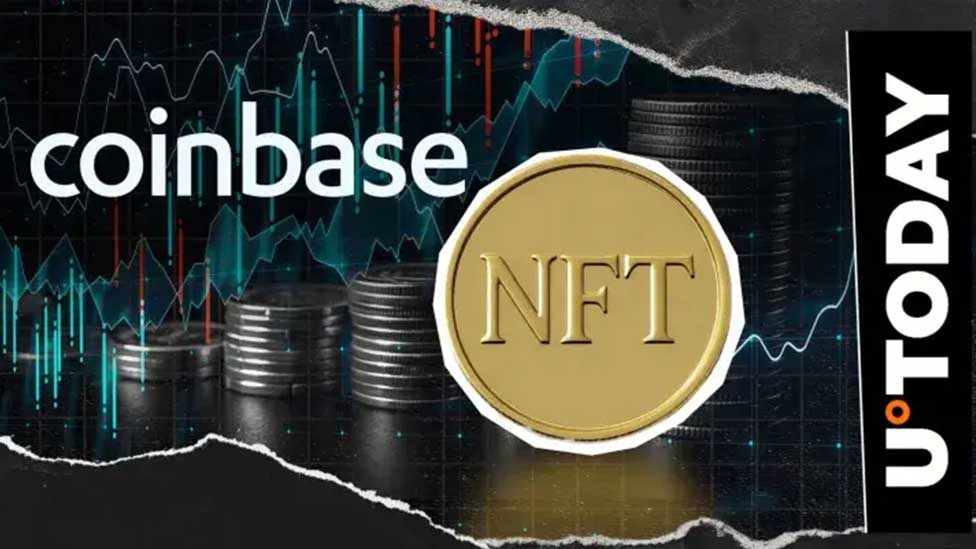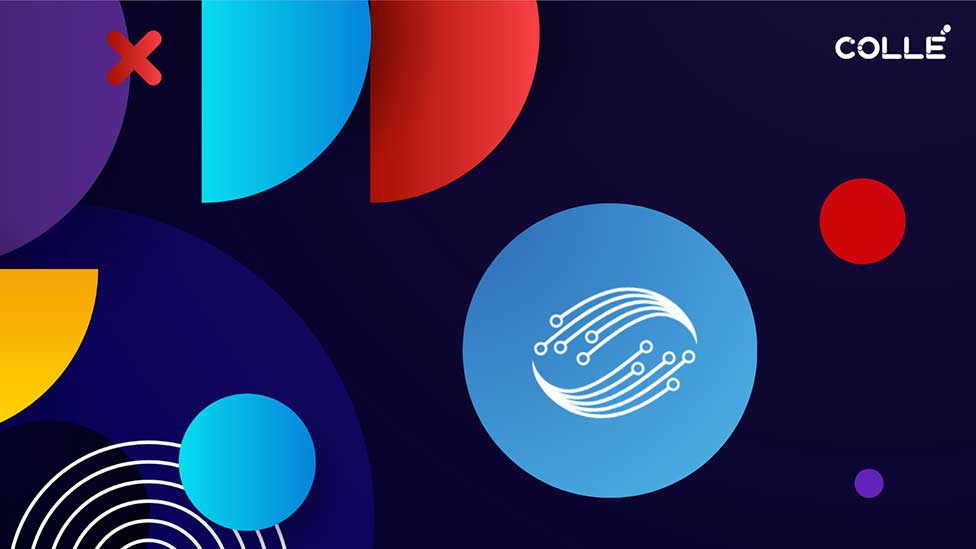Fractional NFTs are a novel idea that’s starting to gain popularity in the realm of digital tokens, which have been dominated by non-fungible tokens (NFTs). This article examines fractional NFTs and their potential.
Comprehending NFTs
NFTs, or unique digital assets, stand for ownership or authenticity certification of digital or physical goods, including music, art, collectibles, and more. Their provenance and scarcity are guaranteed because they are built on blockchain technology.
What are Fractional NFT’s?
By enabling multiple people to jointly own a portion of an NFT and breaking its value into smaller, marketable units, fractional NFTs expand on the idea of NFTs. This makes it possible for more people to buy high-value NFTs, which would not otherwise be accessible to regular investors.
How Do Fractional NFTs Work?
Fractionalization: A unique NFT is selected, and a smart contract is created to divide its ownership into fractions, often represented as tokens. For example, an expensive artwork worth $100,000 can be divided into 100,000 tokens, each representing a tiny portion of the artwork’s value.
Trading and Ownership: These fractions can then be bought and sold in a decentralized marketplace. Investors can own and trade these fractions, making it accessible to a broader range of people.
Benefits of Fractional NFTs
- Access to Exclusive and High-Value Assets: Fractional NFTs make it easier for ordinary investors to obtain exclusive and high-value assets that are normally out of their price range. This invention makes it possible for the NFT community to be more varied and inclusive.
- Flexibility and Liquidity: Fractional NFTs give the NFT market flexibility and allow investors to acquire and sell their fractional ownership with ease. Comparing this flexibility to more conventional investments in tangible assets highlights how beneficial it is.
Real-life example
To gain a deeper understanding of how fractional NFTs can be applied, let’s explore a real life example.
- RealT: Fractional ownership of real estate as NFTs is introduced by RealT, a ground-breaking platform. A physical property’s portions are represented by tokens that investors may buy and exchange. By lowering entry barriers to real estate investing, this fractional NFT application makes it easier and more economical for people to get into the market.
Conclusion
A fascinating advancement in the field of digital assets is represented by fractional NFTs. They are widening the scope and increasing the liquidity of NFTs by permitting fractional ownership of valuable assets. As the NFT landscape continues to evolve, fractional NFTs may play a pivotal role in expanding the digital asset market, offering opportunities for a broader audience to engage in the NFT ecosystem. Whether you’re an artist, collector, or investor, understanding fractional NFTs is essential for staying at the forefront of this transformative digital frontier.

